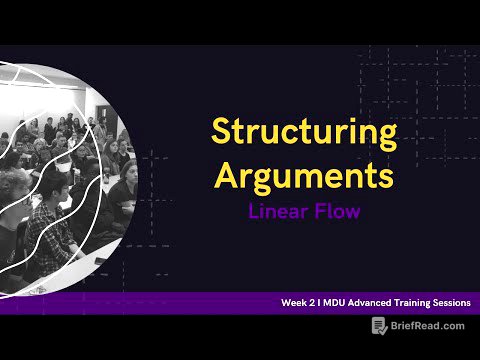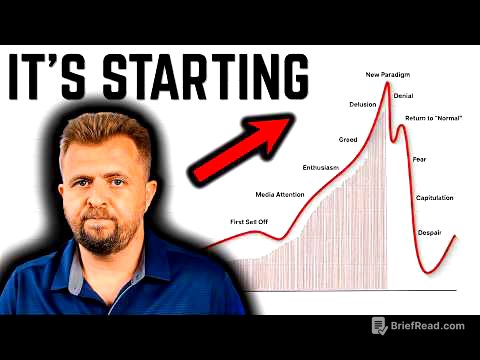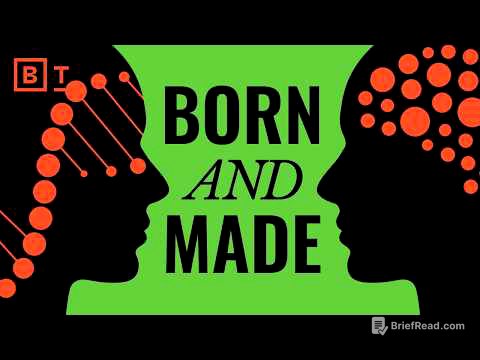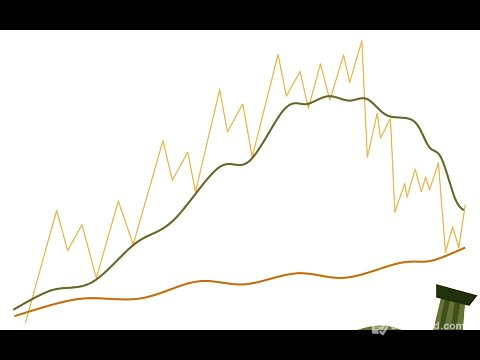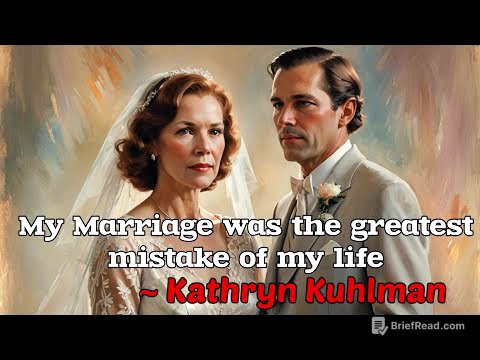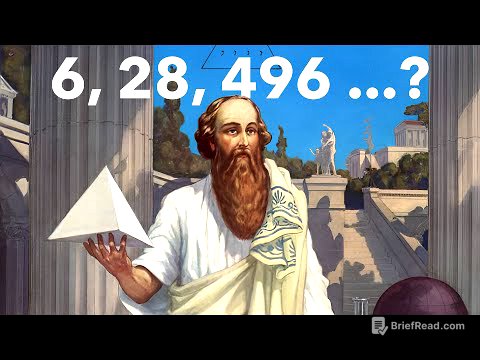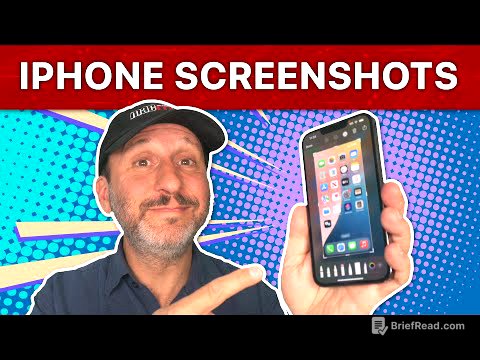TLDR;
The video explores the history and production of "Digimon: The Movie," a compilation of three separate Digimon films released in 2000. It discusses the origins of Digimon, the success of the anime series, and the decisions that led to combining "Digimon Adventure," "Digimon Adventure: Our War Game," and "Digimon Adventure 02: Hurricane Touchdown" into a single film for Western audiences. The video also touches on the movie's reception, its cultural impact, and its significance in the context of how Japanese media was localized in the West.
- Digimon's origins as a counterpart to Tamagotchi and its evolution into a successful anime franchise.
- The amalgamation of three separate Digimon films into "Digimon: The Movie" for Western release.
- The movie's cultural impact, including its soundtrack and representation of Western localization practices.
Digimon Origins and Anime Success [0:00]
Digimon started as a boy-oriented counterpart to Tamagotchi, known as the digital monster, created by Whiz and Bandai in 1997. Unlike Tamagotchis, these digital monsters could battle each other, leading to immense popularity in Japan with 13 million units sold. To expand the franchise, a manga titled "Digimon VTamers" was released in 1998. Bandai and Whiz then approached Tollway to create a Digimon anime, resulting in the 20-minute short film "Digimon Adventure." The development of the movie and the TV anime series occurred simultaneously, both featuring Taichi Yagami as the main protagonist.
Production of Digimon Adventure Movie [1:34]
Director Mamora Hosada's initial idea for the "Digimon Adventure" movie, which involved Taiichi's father traveling around the Japanese countryside with his Digimon partner during the 1964 Tokyo Summer Olympics, was rejected. Instead, he was instructed to create a kaiju movie. Hosada and director Reiko Yoshida focused on the climactic battle between Greymon and Parammon, setting the film before the events of the TV show to avoid plot holes. "Digimon Adventure" premiered on March 6, 1999, alongside "Yu-Gi-Oh," and the TV anime series premiered the next day, quickly gaining popularity in the West.
Digimon Adventure: Our War Game [4:12]
"Digimon Adventure: Our War Game" is the second film directed by Mamora Hassada, lasting about 60 minutes. Hada pitched two potential plots, one inspired by the movie Midnight Run and the other by the technothriller War Games. The latter was chosen, with early scripts revolving around Y2K being caused by a Digimon, though this idea was later scrapped. The finalized plot takes place after the first season, where a corrupted Digimon disrupts systems across Japan, evolving into Diaboron and launching an ICBM at Tokyo. The film culminates with Tai and Matt fusing their Digimon to form Omnimon and defeat Diaboron. "Digimon Adventure Rward game" made 2.16 billion yen, which is approximately 1.5 billion USD.
Digimon Adventure 02: Hurricane Touchdown [6:26]
"Digimon Adventure 02" had its own two-part movie, "Digimon Adventure 02: Hurricane Touchdown, Transcendent Evolution, The Golden Digimentals," often shortened to "Hurricane Touchdown." The plot follows the second season's cast as they help Wallace track down his corrupted Digimon, Choan. There's also a subplot where the older Digi Destined are de-aged by Choan. With a runtime of about an hour and 8 minutes, it was the longest film in the franchise at that point.
The Making of Digimon: The Movie [7:34]
In 1999, Fox aimed to replicate the success of the Pokémon movies with a Digimon movie. However, Digimon lacked a coherent feature-length film, so writers Jeff Nemo and Bob Buch were tasked with localizing the existing Digimon movies for Western audiences. Initial ideas to release "Our War Game" on its own and "Hurricane Touchdown" as a DVD extra were rejected because Fox was contractually obligated to adapt all three movies.
Angela Anaconda Short [9:16]
The theatrical and home video releases of "Digimon: The Movie" begin with a short from the show "Angela Anaconda," which aired alongside Digimon on Fox Kids. The short is a self-contained episode with references to Digimon. The short was later repurposed into an episode of the show with all mentions of Digimon removed, even though Angela still has Tai's hair and goggles.
Digimon: The Movie Structure - Part 1 & 2 [10:31]
"Digimon: The Movie" is split into three sections: "8 years ago," "4 years ago," and "the present day." The "4 years ago" section is the uncut "Digimon Adventure" short film, with Kari as the narrator to connect the three films. There's also a mention of Wallace from "Digimon Adventure 02." The second act is a mostly uncut version of "Digimon Adventure: Our War Game," with some westernized jokes and changes. Diaboron's origin is changed to being created by Willis, and there are running gags about Tai's mom's terrible cooking.
Digimon: The Movie Structure - Part 3 [13:54]
The third act takes place in the present day and features a heavily cut version of "Digimon Adventure 02: Hurricane Touchdown." The movie introduces a new cast of characters, including Davis, Cody, Yolle, and Willis, along with their partner Digimon. The subplot about the older kids getting kidnapped is removed, leading to pacing issues and tonal shifts due to "02's" darker tone. A heartfelt moment between Dais and Wallace is altered, and the movie fast forwards to the final showdown against Cookan. The credits are set to a cover of "Kids in America" by Len.
Reception and Legacy [18:16]
"Digimon: The Movie" opened at number five at the box office and made $16 million on a $5 million budget, considered a mild success. The international success led to Mamora Hosada being offered the position to direct "Howl's Moving Castle." However, the movie was critically panned for lacking focus on plot and characters and relying on prior knowledge of the show. Despite the negative reception, fans love the movie, and it remains a time capsule of the 2000s, influencing music tastes and representing Western localization practices.

